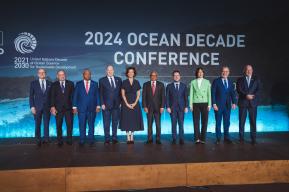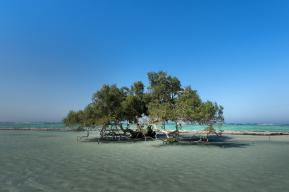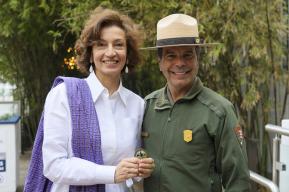
International Day for the Conservation of the Mangrove Ecosystem
Mangroves are rare, spectacular and prolific ecosystems on the boundary between land and sea. These extra ordinary ecosystems contribute to the wellbeing, food security, and protection of coastal communities worldwide. They support a rich biodiversity and provide a valuable nursery habitat for fish and crustaceans. Mangroves also act as a form of natural coastal defense against storm surges, tsunamis, rising sea levels and erosion. Their soils are highly effective carbon sinks, sequestering vast amounts of carbon.
Yet mangroves are disappearing three to five times faster than overall global forest losses, with serious ecological and socio-economic impacts. Current estimates indicate that mangrove coverage has been divided by two in the past 40 years.
"Mangroves are in danger: it has been estimated that more than three quarters of mangroves in the world are now threatened and with them all the aquatic and terrestrial organisms that depend on them. This is why UNESCO has decided to act to protect them, along with other valuable blue carbon ecosystems, through its Geoparks, World Heritage sites and biosphere reserves."


Did you know ?
"We are working to protect mangroves and to better support scientific research into these environments. However, we cannot do this alone. We also need you."

UNESCO is engaged deeply in supporting the conservation of mangroves, while advancing the sustainable development of their local communities. The inclusion of mangroves in Biosphere Reserves, World Heritage sites and UNESCO Global Geoparks contributes to improving the knowledge, management and conservation of mangrove ecosystems throughout the world.
UNESCO is engaged at the scientific and policy levels to protect, manage or restore global blue carbon ecosystems (mangroves, seagrasses and tidal/salt marshes) for addressing climate change. Healthy blue carbon ecosystems also provide habitat for marine species, support fish stocks and food security, sustain coastal communities and livelihoods, filter water flowing into our oceans and reef systems, and protect coastlines from erosion and storm surges.

News and stories
Publications








125 posters of mangroves around the world (2022)













